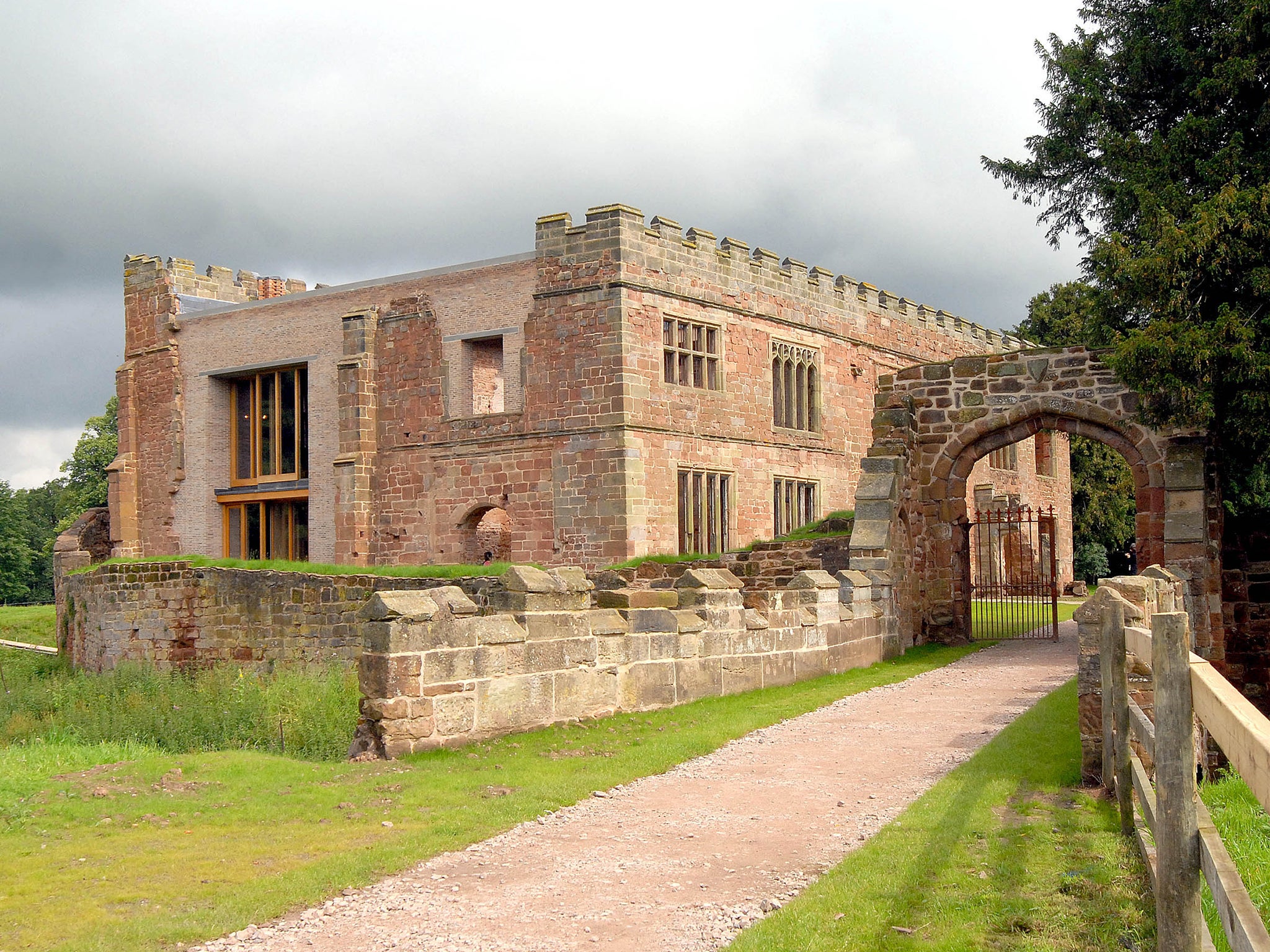Landmark Trust on mission to save obscure UK monuments from destruction
Bunkers, control towers and signal boxes are among the more unlikely seeming entries on Britain At Risk's registers

It is best known for rescuing castles, lighthouses and other historic buildings by turning them into holiday homes.
Now as it celebrates its 50th anniversary, the Landmark Trust is trying to carry out similar feats with far more obscure monuments as it embarks on one of its toughest challenges to date.
The charity has identified a number of structures that it wants to save from destruction – buildings that at first glance might not seem the most appealing venue for a romantic weekend away but nevertheless warrant preservation rather than demolition.
Military structures built in the 20th century, such as control towers and bunkers, are common among the entries on Britain’s At Risk registers because they are the most difficult to save.
Some have already been lost. The Ulceby Junction Signal Box and the aircraft control tower at RAF Bircham are just two examples the trust has cited of buildings that could have been saved, had it been asked to step in.
Linked to Ulceby railway station in north Lincolnshire, the signal box was built in 1910 and served one of Britain’s busiest freight train routes, handling trains to and from Immingham port.
The control tower was built in 1937 on an airfield north-east of King’s Lynn in Norfolk. During the Second World War, the airfield was used for convoy protection and reconnaissance.
Both structures were demolished in 2015 and 2010 respectively – but the charity wants suggestions from the public of buildings like these that could still be saved.
Dr Anna Keay, the director of the Landmark Trust, said: “In 2012 we broke new ground in using a contemporary architect to effect the revival of Astley Castle. “Now we want to make sure we are pioneering the rescue of the most overlooked buildings which played an important part in our history but are in danger of being lost altogether.”
Many of the “landmarks” the charity has already been able to save have been unconventional and unusual. They include the world’s first industrial housing at Cromford in Derbyshire, rescued from demolition in the 1970s, the derelict engine house of a Cornish arsenic mine and a decaying Martello Tower in Aldeburgh, Suffolk, built in 1812. Now it wants to give more attention to similar buildings.
The trust was established in the 1960s by John and Christian Smith, who were “maddened” when a junction house designed by Scottish civil engineer Thomas Telford at the Hulreston Junction on the Shropshire Union Canal was destroyed.
Anyone can propose a building for preservation by contacting the Landmark Trust’s historian Caroline Stanford. The charity looks for buildings that are of great importance historically or architecturally, that are at physically at risk or in dire need of a new use to survive, and that are in a place where people will want to spend a holiday. Typically, around two or three a year meet the criteria following a detailed evaluation.
Subscribe to Independent Premium to bookmark this article
Want to bookmark your favourite articles and stories to read or reference later? Start your Independent Premium subscription today.

Join our commenting forum
Join thought-provoking conversations, follow other Independent readers and see their replies